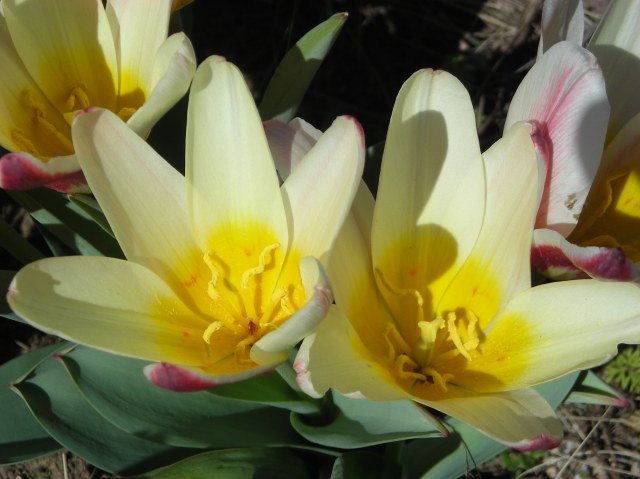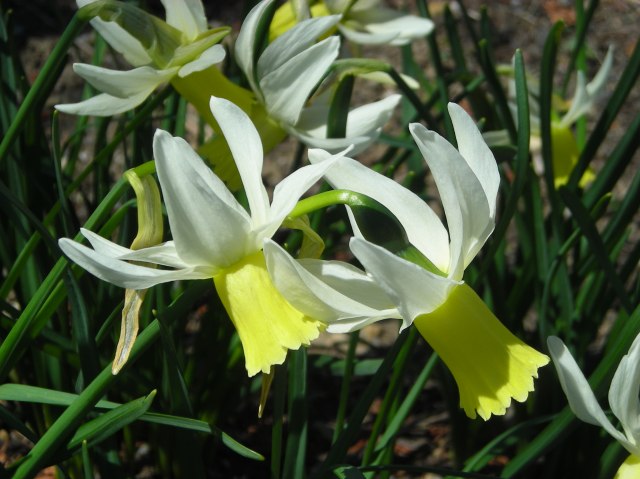Balance is the key to success in many aspects of our lives. We strive to achieve work-life balance and balance our family budgets. We’re painfully aware of the risks of losing our balance on an icy sidewalk. When it comes to a healthy body weight, there’s another very important type of balance known as energy balance.
What is Energy Balance?
Over time, you maintain a healthy weight by balancing the energy you consume (from foods and beverages) with the energy your body uses (in normal body functions, daily activities, and exercise).
Energy balance is a simple equation:
– Energy In = Energy Out = Maintain Weight
– Energy In < Energy Out = Lose Weight
– Energy In > Energy Out = Gain Weight
A calorie is the unit of measure we use to quantify the energy supplied by food. A calorie is a calorie, regardless of whether it comes from carbohydrates, fats or proteins.
To lose one pound of body fat, you need to adjust your energy balance by about 3,500 calories—either by consuming fewer calories or by exercising more.1
The bottom line is – calories count!
Tracking Your Energy Balance
Many studies have shown that the simple act of writing down what you eat is a very effective weight loss strategy.
– Write down what and how much you eat. Don’t forget to include drinks, sauces, spreads and snacks.
– Write down the physical activities you do and how long you spend doing them. Include each activity that you do for at least 10 minutes at a time.
– Find a tracking method that works for you. Keep a food and exercise journal, log your intake and activities on your calendar or phone, use an online calculator such as the USDA’s SuperTracker
or a mobile app such as MyFitnessPal.
– Compare calories in to calories out. Online calculators make this easy, but if you’re doing it manually, here are a few guides that will help you to determine how many calories you need and how many calories you are burning.
1http://www.health.gov/dietaryguidelines/dga2005/healthieryou/html/chapter5.html
By Sue Gonzalez, Master Food Volunteer








